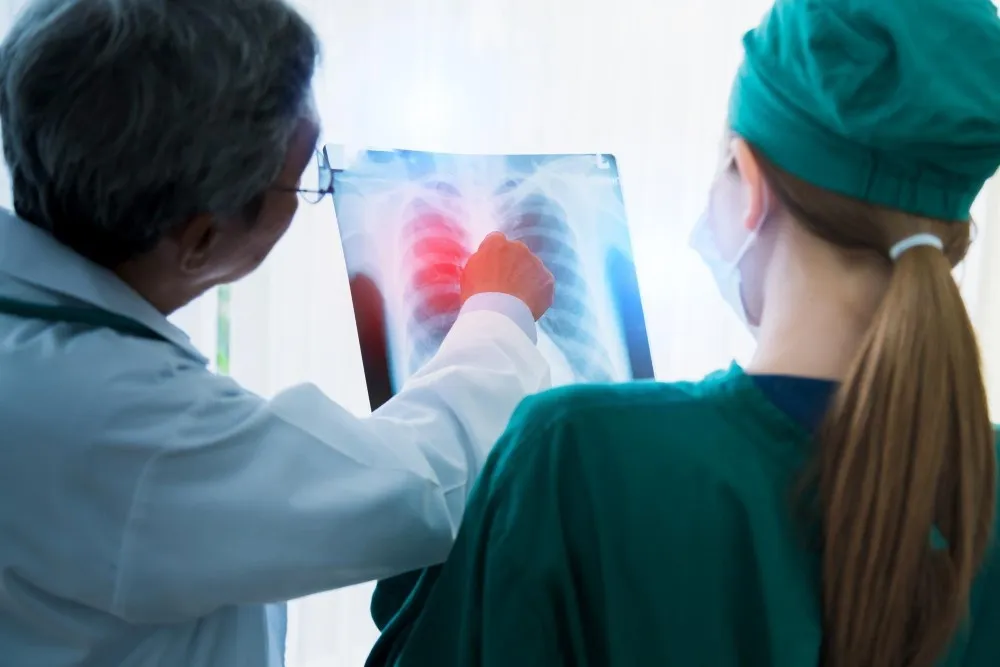Breast cancer is one of the leading causes of death in women; the sad part is most of us don't recognize the initial changes in the breast that indicates early stages. Breast changes happen in women with each age brackets, as well as in breast cancer. It is essential to notice these changes early since prompt and appropriate treatment ensures positive outlook for women. Few breast changes are completely normal and normal breast tissue can also be lumpy. Self-examination of the breasts is essential to sense any changes that might seem abnormal. The usual changes are caused by hormonal changes or the routine aging process. While most of these changes may not be cancerous, it is essential to initiate a dialogue with your physician to rule out any risk factors. These are the initial warning signs that warrant your visit to your breast cancer specialist, who after a physical examination may suggest further screening tests, to confirm its presence. Breast changes that are normal: Lumpy breasts (both left and right) during pregnancy may indicate an increase in size of the milk glands. During or immediately before menstrual periods, the breasts may appear swollen, tender and painful. Most the changes happen are related to hormonal changes and should subside after the event. In case these changes appear for a longer period of time, please talk to your doctor immediately. Clinical examination for the breast: Initial changes that are reflective of breast cancer may happen in how your breast or nipple looks or feels. The patient may feel a lump in your breast, a noticeable change in the size or shape of your breast and change in the orientation of the nipple and its feel. Nipples may feel tender and its areola (the skin on your breast) may appear scaly, reddish, or swollen and there may be unusual discharge from the nipple. The skin around the breasts or under your arm may appear soft and tender. Mammogram: After a physical examination, your physician might advise undergoing screening by a mammogram. It creates an X-ray picture of your breast tissue and helps in identifying very minor tumors. In this examination, each breast is placed between plastic plates and pressed, which might cause some discomfort. Carrying out mammograms at the end of the menstrual cycle would ensure the least discomfort since the breasts are less tender. These screening tests confirm whether you have breast cancer or not; if the initial screening confirms breasts cancer, they would perform diagnostic mammograms, capturing x-ray images of the tumors from different angles. MRI: Magnetic resonance imaging that supplements mammograms in screening for breast cancer. It is another imaging test that utilizes radio-magnetic waves to take fine images of breast tissues. Know more about the different Stages of Breast Cancer.

Reviewed by







